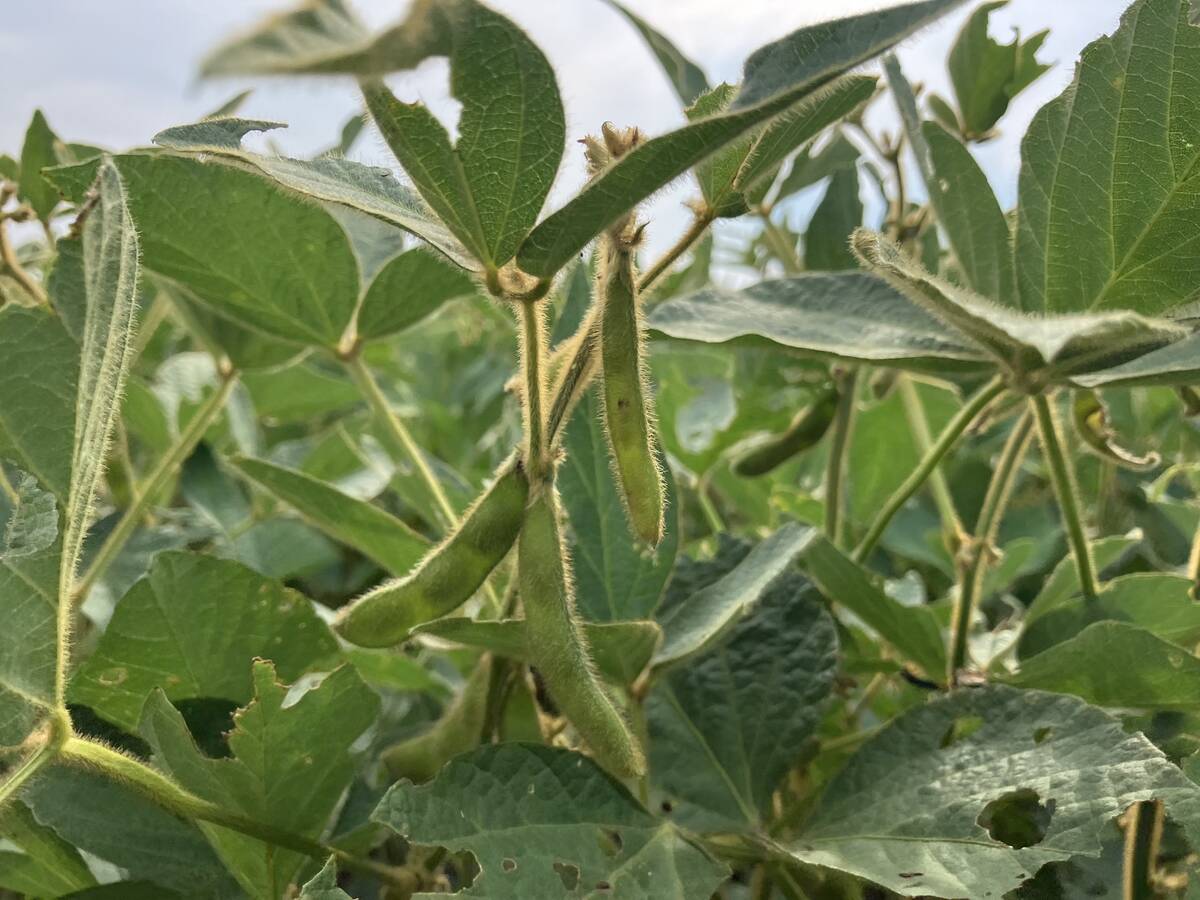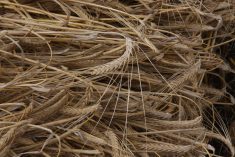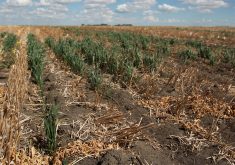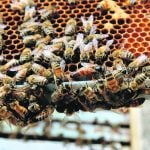Higher crop prices, driven in part by expectations of rising biofuel demand for grain and oilseeds, helped push farm cash receipts up almost nine percent in the first three months of the year, Statistics Canada reported May 28.
Farm cash receipts from crop sales soared 29 percent compared to the same quarter in 2006, while livestock receipts were up marginally.
Overall, farm cash receipts to the end of March were almost $9.9 billion compared to $9.1 billion last year.
Agriculture minister Chuck Strahl saw it as part of the reason he is sensing hope in the industry.
Read Also

U.S. loses out on sales of soybean to China
U.S. soybean exporters risk missing out on billions of dollars worth of sales to China this year as trade talks drag on and buyers in the top oilseed importer lock in cargoes from Brazil.
“I find a lot more optimism overall than I did when I came into the job a year ago,” he said May 28. “The sense is prices are better, the outlook is better, biofuels is giving it some energy.”
But critics cautioned that higher cash receipts do not necessarily mean higher farm income. More expensive grain means increased costs for livestock producers while fuel and fertilizer price increases will eat into the bottom line.
“It is frustrating that Statistics Canada always puts a positive spin on these things and while I don’t want to downplay that higher crop prices are a positive development, let’s see how much of that gets gobbled up by higher expenses before we talk about higher farm income,” said Canadian Federation of Agriculture president Bob Friesen.
Meanwhile, the federal agency also reported that in 2006, a combination of low prices in some sectors, substantially higher debt and fuel costs and falling program payments drove realized net farm income down 40 percent to $1.1 billion.
After taking account of depreciation, Alberta, British Columbia and Prince Edward Island recorded negative realized net farm income last year.
And although program payments fell from record levels in 2005 to $4.6 billion in 2006, aid payments were again the difference between profit and loss.
Without payments from programs including the Canadian Agricultural Income Stabilization program, crop insurance and the special grains and oilseeds payout, net farm cash receipts in a $37 billion industry would have been just $900 million above operating expenses and realized net farm income after depreciation would have been a negative $3.5 billion.
“It makes 2006 the latest in four years of the worst farm income performance in history,” said Friesen.
Liberal agriculture critic Wayne Easter said last year’s numbers “show the stark reality of the lack of income stability at the farm level.”
Strahl said the fact that program payments fell more than seven percent last year even as farm income was declining illustrates the need to improve the safety net programs.
















